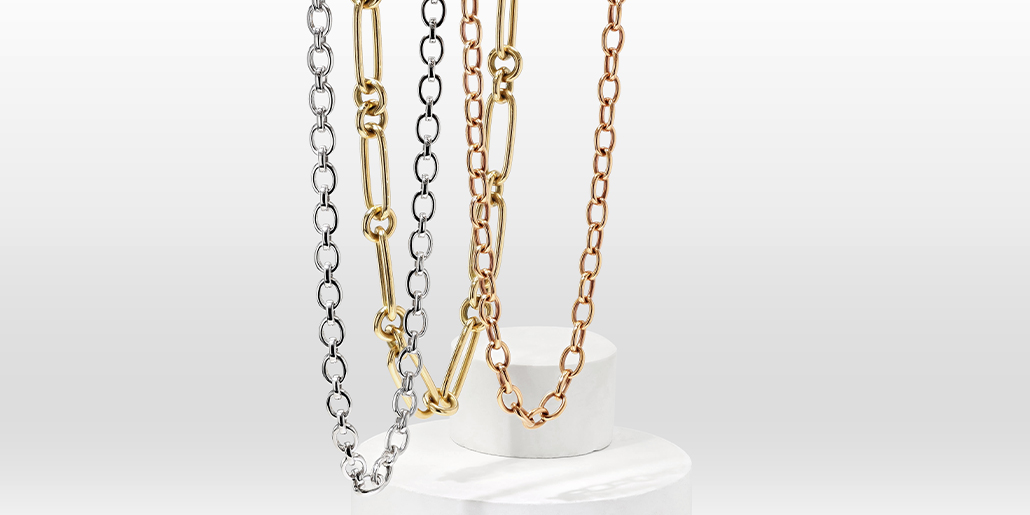When you understand the terminology of a necklace and its components, the buying process becomes that much easier, and you can truly find a necklace that aligns with your preferences, taste, and budget. Let’s dissect the anatomy of a necklace so you have the confidence to make more informed decisions when selecting your next piece.
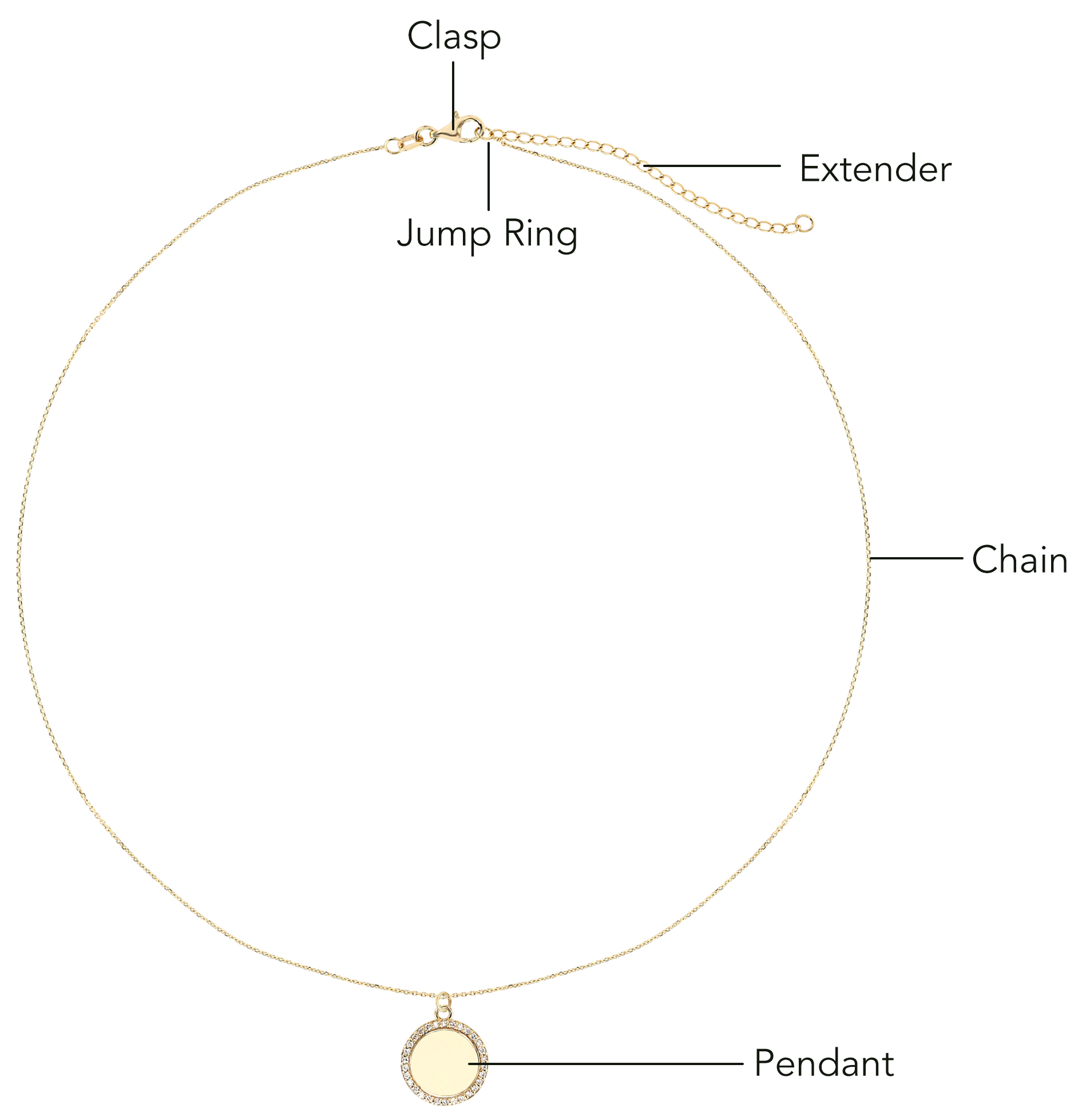
Chain
At the core of every necklace is its chain. Chains come in many styles with each type offering its own look and feel. For instance, a link chain provides a bolder appeal while a cable chain exudes simplicity. Getting to know the top types of chain necklaces can guide you in selecting the ideal option for layering or wearing as a stand-alone accessory.
Pendant
A pendant is a piece of jewelry suspended from the chain, often crafted from metal, gemstones, or other materials. Be wary that gemstones require a more specialized cleaning process than the chain material. For detailed instructions, read our article on cleaning precious gemstones or contact the store for specific guidance.
A locket is a type of pendant that opens to reveal a space for storing a small item, usually a photograph. While a locket is always a pendant, not all pendants are lockets.
Consider storing your pendant necklaces in a hanging organizer to ensure they remain untangled and easily accessible for every wear.
Jump Ring
The jump ring is the small, circular metal ring that connects to the necklace clasp for easy fastening. Not all necklaces have jump rings, but most do due to their practicality.
Necklace Clasp
The clasp is the closure mechanism that secures the necklace around the wearer’s neck. Below are some common necklace clasp types and their functions.
Spring Ring Clasp
A spring ring consists of a hollow circular metal ring with a small spring-loaded lever attached to one side. Applying pressure to the lever will create an opening in the ring. Once the jump ring is in place, release the lever to securely close the clasp around it.
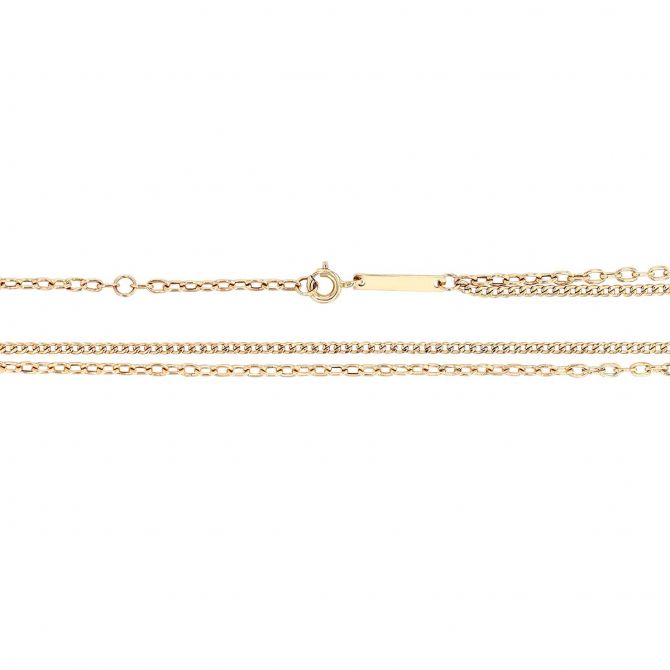
Eagle Clasp
The eagle clasp features a design that resembles an eagle’s beak, where one part hooks into a corresponding loop on the other end of the chain. To fasten the necklace, simply insert the hook into the loop. This clasp is particularly convenient for those who find traditional spring-loaded mechanisms challenging.
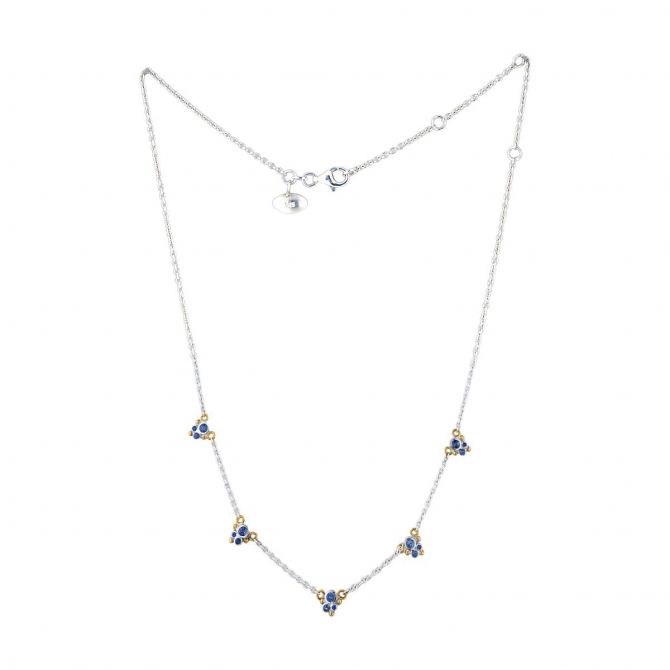
Box Clasp
The box clasp consists of two main components: the box and the tongue. The box is a hollow rectangular or square-shaped piece with an open slot along one side. The tongue is a corresponding piece that fits snugly into the channel of the box. To fix a box clasp, insert the tongue of one end of the necklace into the open slot of the box on the opposite end. The tongue slides into the box until it reaches a secure locking mechanism. Once fully inserted, the tongue locks into place within the box.
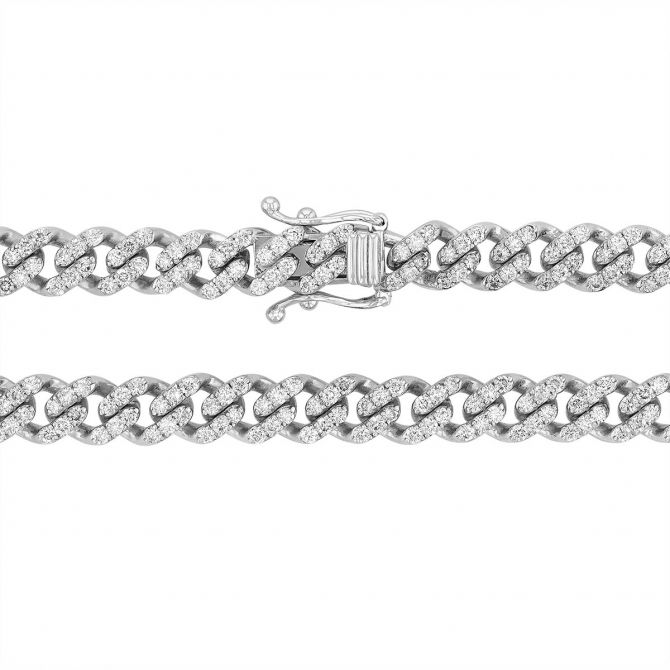
Hook Clasp
A hook clasp, also referred to as a fish hook clasp or a hook and eye clasp, includes a hook shaped like a fishhook that latches onto an insertable part. To seal the necklace, push the hook through the insertable piece until it clicks into place. This design is commonly used with pearl necklaces, offering both a reliable and discreet method of closure.
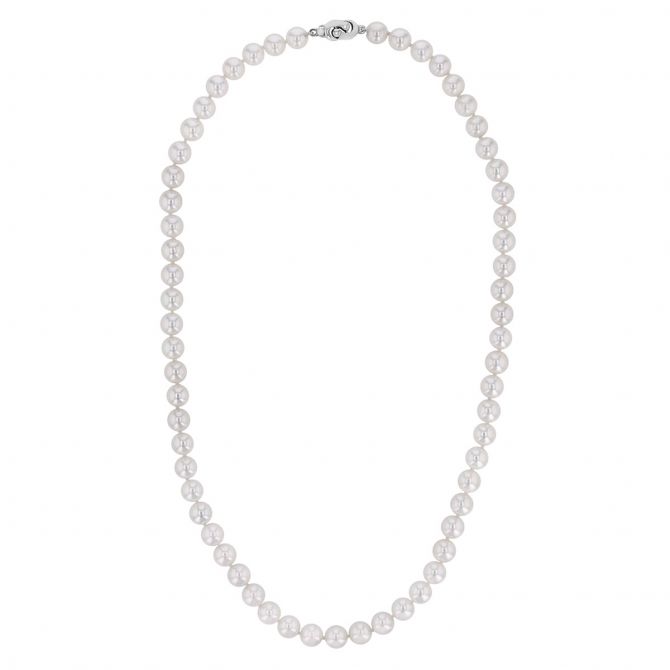
Lobster Clasp
The lobster claw clasp incorporates a metal hook and a small, spring-loaded lever, much like a spring ring clasp. Insert the jump ring into the clasp’s opening and then release the lever to close the clasp and hold the necklace in place.
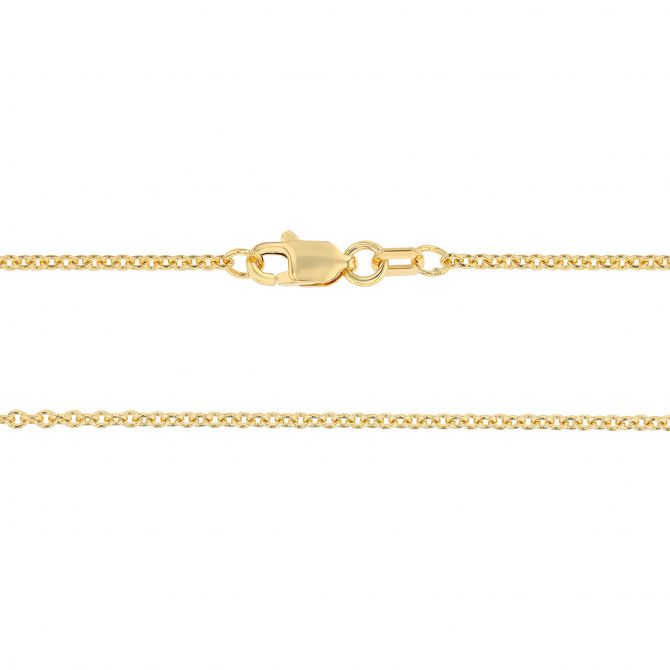
Magnetic Clasp
Some of our necklaces come with user-friendly magnetic necklace clasps (see product details for specifics). Depending on their size, magnetic clasps may sometimes trigger the metal detectors at the airport. We recommend informing the TSA agents during your security check to avoid any potential delays.
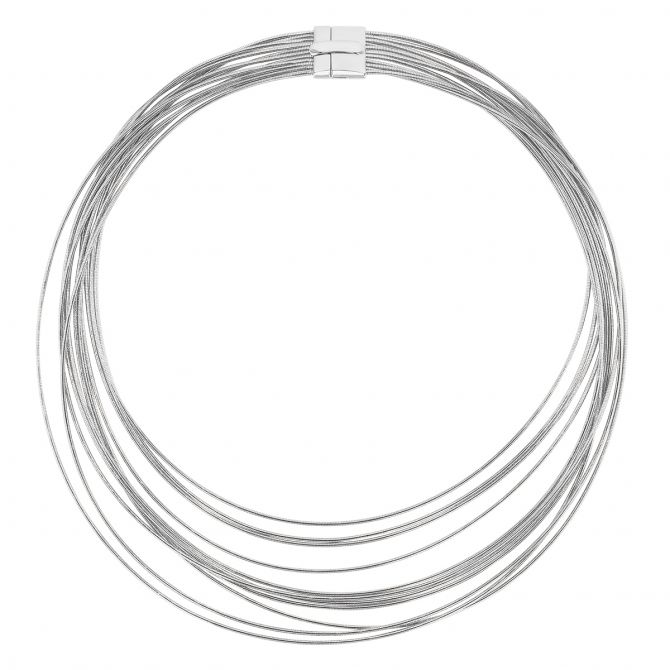
Necklace Extender
The extender enables the wearer to adjust the necklace length by elongating the chain to their liking.
Personalize and Preserve Your Necklace Parts
Part of good jewelry upkeep involves bringing your necklaces in for professional cleaning and inspection on a regular basis—at least every six months—to confirm that all elements are functioning correctly.
Many necklaces are customizable to an extent. Work one-on-one with one of our jewelry experts today to design a necklace that is uniquely you.
